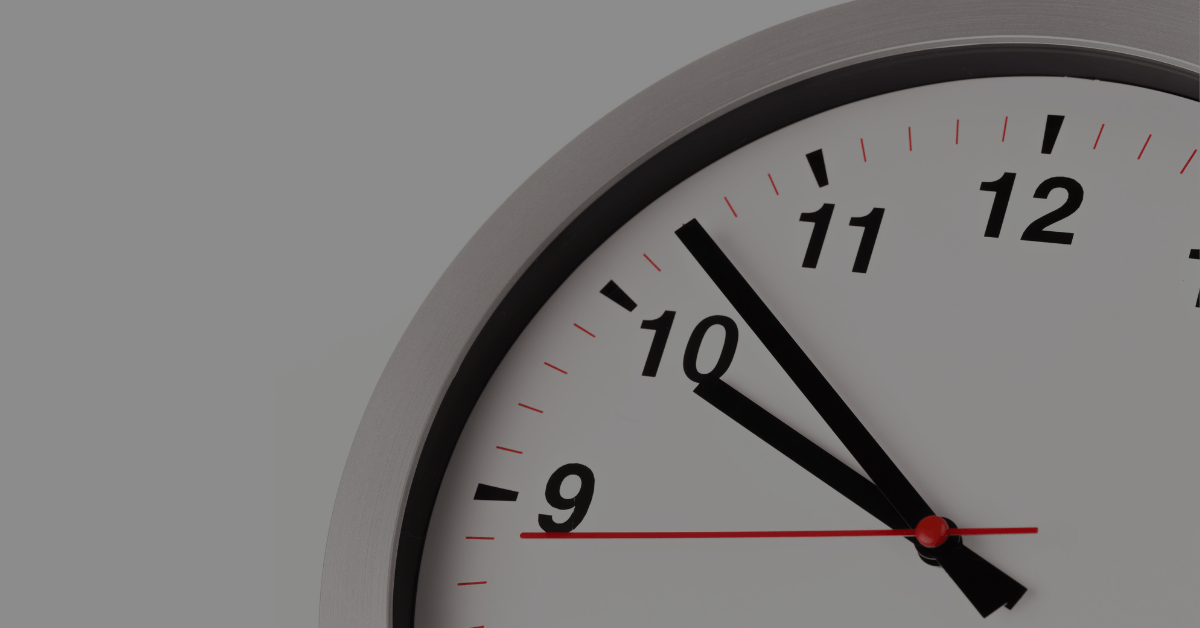With the U.S. Small Business Administration (SBA) Express program, qualified lenders have an expedited way to process and approve SBA loans while still benefiting from SBA guarantees. Here, we take a brief look at the basics of the SBA Express program, including the program’s many benefits to lenders and the small business clients they serve.
What is the SBA Express program?
The SBA Express program enables qualified lenders – those with SBA Express authority – to underwrite and close SBA loans using their established and proven internal procedures used for their similarly sized non-SBA guaranteed commercial loans. This makes it easier for lenders to approve small business loans and lines of credit for up to $350,000 while still gaining a 50% guarantee from the SBA.
Why offer SBA Express loans
SBA Express keeps lenders in the driver’s seat and offers more control over the process, approvals and terms. This streamlines the time and resources needed from underwriting through closing for both lenders and borrowers. The program also offers lenders the following benefits:
- The ability to offer customers term loans and lines of credit when conventional financing isn’t an option.
- Credit enhancement; the program provides lenders up to a 50% guarantee on a credit request. This SBA guarantee offers security and allows lenders to expand their credit box and serve more customers.
When to offer SBA Express loans
There are several considerations that can help lenders determine whether the SBA 7(a) or SBA Express program is best for their institutions and their clients. Depending on the project, the most beneficial option may actually be both [SBA 7(a) and SBA Express].
Here are the key factors to consider:
- Amount and timing: When funding needs are $350,000 or less and time is of the essence, the SBA Express option will likely be the best choice. The process is simplified; lenders have more autonomy regarding approvals and there are fewer SBA mandated forms and procedures. The result is a more streamlined process for lenders and borrowers alike.
- Risk level: If the project or borrower is higher risk, keep in mind that even if the funds requested total less than the $350,000 maximum, the SBA guarantee on Express loans is 50%, compared to 75% or 85% with the 7(a) loan program (guarantees vary by loan size). Consequently, complex or risky credit requests may be better suited for the standard 7(a) loan program.
- Loan structure: Because SBA Express can be structured as a line of credit, many lenders and their clients choose a 7(a) loan coupled with an Express line of credit to help fund ongoing working capital needs. This provides lenders and borrowers with the benefits of both programs.
SBA Express eligibility: small businesses
For small businesses to be eligible, they must be:
- For-profit;
- Physically located and operating in the U.S. or its territories;
- Meet the SBA size requirements for small businesses;
- Owned and operated by people of good character, as determined by the SBA’s guidelines, with relevant management experience; and [be]
- Able to repay the loan. This is typically assessed by reviewing the owner’s credit histories and historical/projected revenue.
SBA Express program details
For SBA Express loans and lines of credit:
- The maximum is $350,000
- The loan can be used for a wide range of business needs, including:
- Acquisitions, expansions, renovations and new construction
- Purchases of machinery, equipment and fixtures
- Leasehold improvements
- Working capital
- Refinancing of existing business debt
- Purchases of business inventory
Loan maturity options
SBA Express enables lenders to determine terms that work best for them and their small business customers, within the following loan and line-of-credit guidelines.
Loan maturity options are optimized to make it easier for small businesses to repay loans, including up to:
- 10 years or the useful life for equipment, fixtures and machinery purchases.
- 10 years for working capital.
- 25 years for real estate purchases and improvements. The same is applicable for requests that refinance business debt obtained in relation to a purchase and/or improvements.
For SBA Express lines of credit, the SBA requires that the term-out period is longer than the revolving period. With this in mind, lines of credit can have revolving periods of up to five years, following by a term-out period of up to five years; a two-year revolving period with an eight-year term out period is an example of another commonly used term.
How to become an SBA Express lender
Lenders apply to become an SBA Express authorized lender. As part of their assessment, the SBA looks at the applying institution’s:
- Ability to develop and analyze complete loan packages
- Risk rating, review/exam assessments and performance measures
- Compliance history, specifically with 1502 reporting and fee payments
- History of SBA enforcement actions, if applicable
- Standing with its state regulator
In addition, if the institution has less than three years of SBA lending experience, they must have at least 20 commercial loans for $350,000 or less at their most recent fiscal year end. To apply to become an SBA Express lender, contact your local SBA office.
We’re just a call away
As always, when you have questions or need further details, please contact Prudent Lenders. We look forward to helping you build and expand a successful SBA small business portfolio for your institution.

